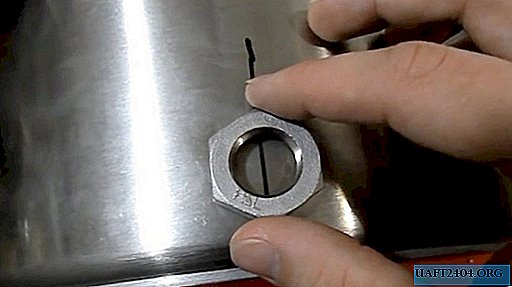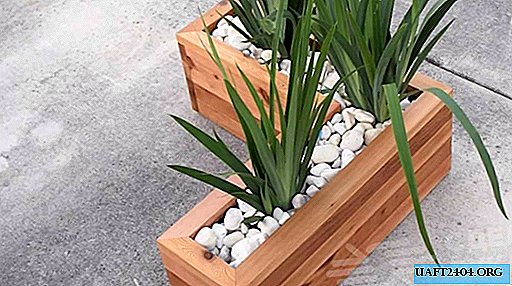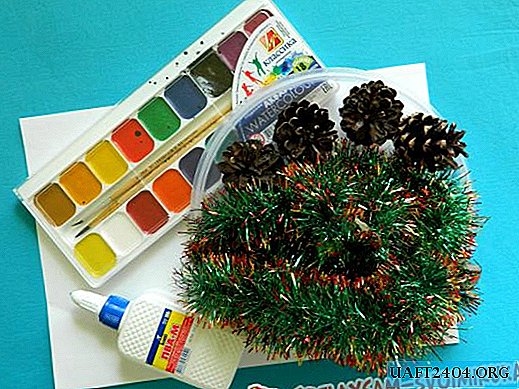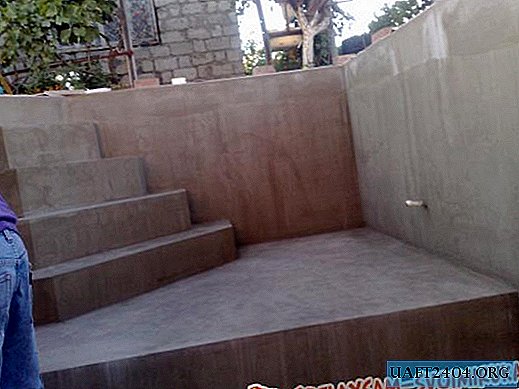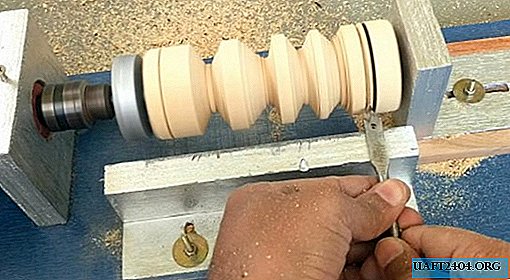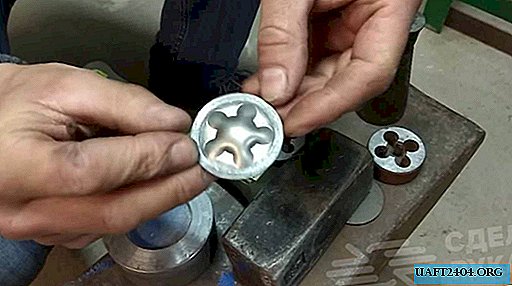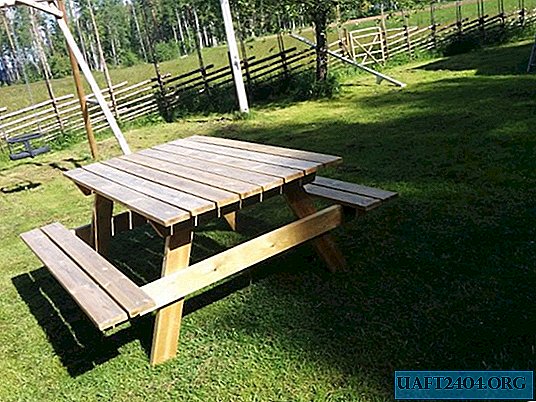Share
Pin
Tweet
Send
Share
Send
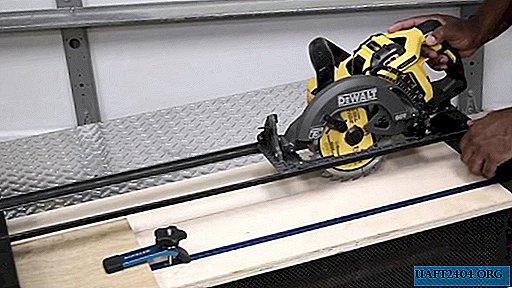
Full-fledged milling and circular machines are expensive and take up a lot of space in the workshop, so they are not suitable for everyone. If you equip a hand-held power tool with a special guide, then the capabilities of such equipment are greatly expanded. The proposed design allows you to work with a hand mill and a circular saw. With its help, it is possible to cut lumber at any angle, conduct longitudinal cutting and prepare grooves.

Required Materials
For work, you will need materials that can be found in the construction hypermarket:
- plywood 18 mm;
- board 30x70;
- rail 20x50;
- T-bolt;
- profile with a T-groove;
- presser foot clamp;
- channel profile;
- furniture dowels with M6 bolts;
- manual adjustment nut.


The process of manufacturing a guide for a circular saw
As for the size of the proposed guide design, it is selected individually for the depth of cut of the existing saw, as well as those blanks that will be further processed.

For the manufacture of countertops, plywood sheet is used. Its length can be anything. The width can be made 35 cm, which will be convenient for the vast majority of circulars. Having retreated 10 cm from the long edge of the plywood, marking is necessary to install a profile with a T-groove.
It is desirable that the profile be shorter than the actual length of the countertop, which will further facilitate the storage of the machine. The profile needs to be put in a groove. It is most convenient to choose it with a manual milling cutter setting a parallel emphasis. When working with plywood, it is better to go deeper gradually, making a selection in several passes.

To remove defects on the surface of the countertops, you need to polish the plywood.
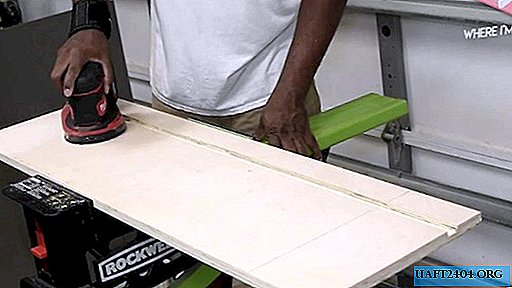
A profile with a T-slot is pressed into the resulting socket flush. It is fixed with screws along the entire length.


You can find a corner for the direct guide for the power tool itself, but often it has the same sides, which is not very convenient. It is much better to purchase a channel and saw it along, getting 2 excellent corners with a low side.
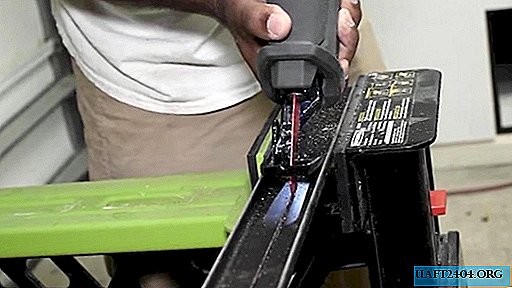
Now you need to make stops for the guide. To do this, take 2 boards with a cross section of 30 mm, the length corresponding to the width of the plywood worktops. In this case, their length is 35 cm. As for the width of the boards, it should be equal to the actual depth of cut of the circular plus 8 mm. Aligning the boards together and putting them on the edge, you need to note 7 cm from the edge. From this line, the length corresponding to the width of the sole of the saw is measured. The second mark is put a little wider, taking into account the wall thickness of the corner and a gap of 1 mm.

Clamping the boards in a vice, you need to saw everything along the drawn lines with a hacksaw to a depth of 1 cm, and then select the groove.

Now you need to attach the boards to the countertop. To do this, they are first glued, and then reach out with screws. Note that the second board is fixed at the end of the profile with a T-slot, not plywood. Before gluing, you need to envy the T-bolt profile




On the racks received from the boards, you need to fix the corners from the channel directly into the groove, thereby adding rigidity. In order for the design to be collapsible, it is better not to screw the screws into the wood, but to install a furniture dowel and use the screw in the future.

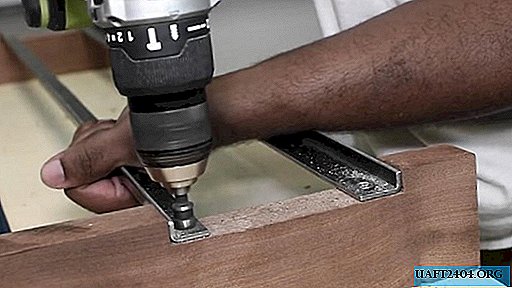


You can also slide the guide rails so that it can be used for the milling cutter. You will need to make a couple of holes and put furniture dowels.


Color the resulting device.


For the convenience of further storage of the machine in a suspended state, a through hole can be cut through plywood that extends beyond the working part of the countertop.

Now you need to put the circular on the runners. It should be turned on and drive from one edge of the countertop to the second. A slightly protruding disc will make a groove of about 2 mm, due to the fact that the grooves of the racks were deepened not by 8 mm, but by 1 cm.

So that when moving the saw does not go into a warp and does not slow down, you can attach a furniture corner to its sole, slightly turning it. This may not be necessary, a lot depends on the type of sole.


Using an almost ready-made machine, you can make guides for attaching workpieces at an angle. First of all, stops at 45 and 30 degrees are useful. To do this, taking 2 rails, you need to drill a hole in them under the sliding T-bolt.




Having fixed one workpiece at an angle of 45 degrees and pressing the manual adjustment nut, you need to cut the protruding end face with a saw. The resulting segment should be glued to the bottom of the back of the bar, creating additional emphasis. It will abut against the lateral end of the countertop, so in the future it will be possible to fix the guide without a protractor. In the same way, you can prepare special guides for other angles.

On the bolt protruding from the T-shaped guide profile, the presser foot, guides and other carpentry devices can be fixed, expanding the capabilities of the resulting machine. The cost of manufacturing such equipment is low, while its functionality is sufficient for processing medium-sized workpieces or accurate quick trimming of lumber.

Visual work with a saw:



Work with a milling cutter:


Share
Pin
Tweet
Send
Share
Send

